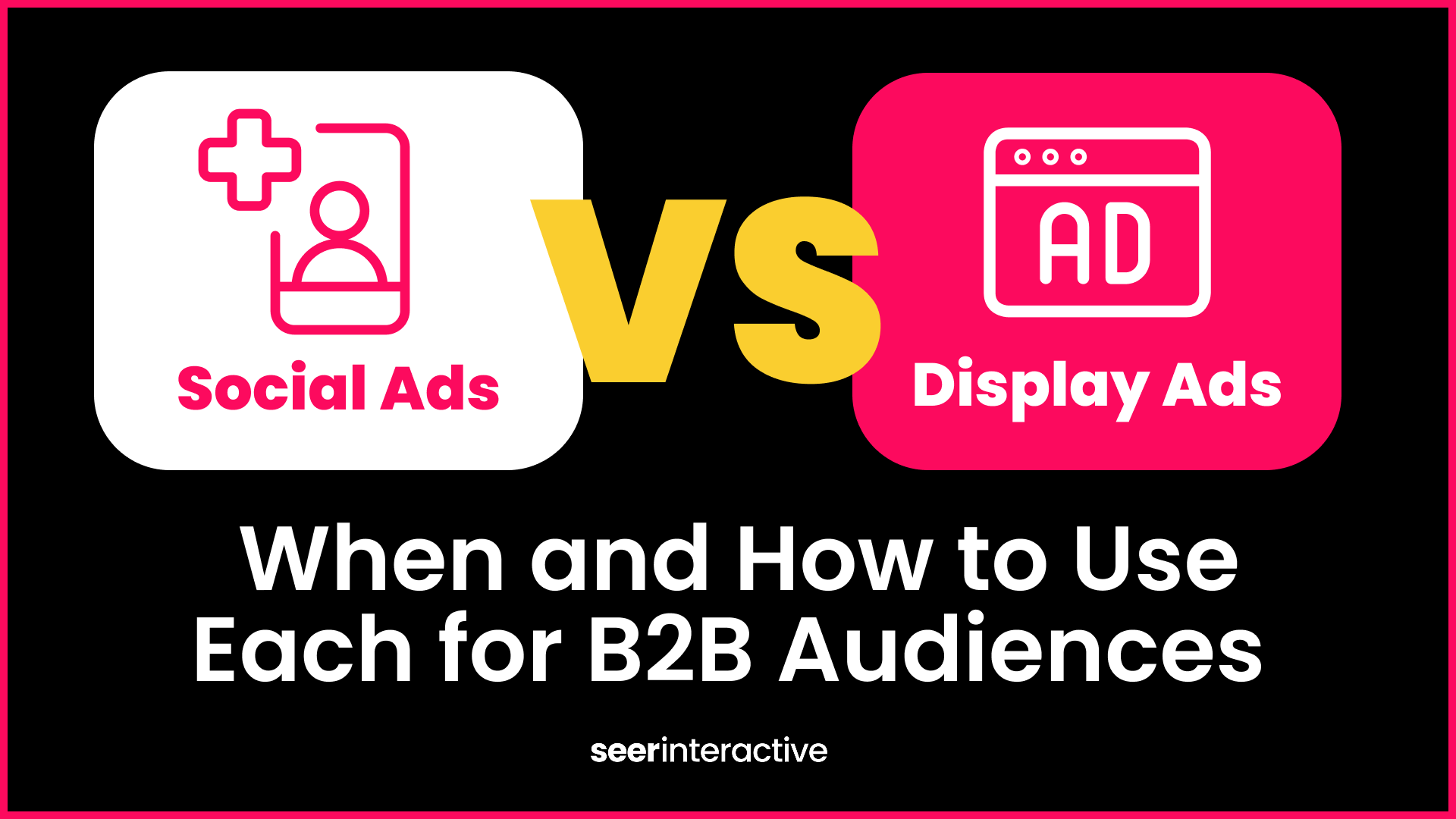If you have been managing PPC campaigns over the last year, you have realized that Google is placing more and more emphasis on their ad extensions. New betas are constantly being developed and most recently, callout extensions have been released for use by all advertisers. About a year ago though, Google announced extensions are going to be factored directly into Ad Rank and will affect CPCs and positioning. One can argue that extensions have always played a role, however.
Ad Extensions > Higher CTR > Higher Quality Score
But explicitly incorporating it as a factor is a completely different thing. Well, Google is striking again this fall and is increasing their emphasis on implementation of engaging ad extensions once more. Google announced there will be changes in mobile extensions starting on October 15th.
In an effort to improve the way ads look on smartphones, and to make it easier and faster for consumers to find what they are searching for, the second line of ads that are displayed on mobile devices may (or may not) be replaced by ad extensions. As usual, Google will be using historical data and expected performance to determine whether or not the 2nd description line should be replaced by one or more ad extensions.
Why Is Google Doing This?
As we know, user experience (and of course, revenue) is the foundation of all changes made on the search engine, whether we are discussing PPC or SEO. Google wants relevant information, selling points, value propositions, etc. to be the forefront of all advertising messages. Mobile is becoming increasingly more important every day so it was only a matter of time until a change, such as this, occurred. According to Google’s statement, advertisers should expect to see improved ad performance because:
- Callouts can be used to display prominent features and value propositions
- Location extensions provide local information quickly and easily
- Sitelinks direct users to relevant pages within a site and potentially farther along the sales funnel
What does this mean for you as an advertiser?
If you are running ads on mobile devices, specific mobile strategies and ad copy are going to be crucial. Mobile SERPs are going to become even more competitive than they already are. Minimal ad space combined with an emphasis on messaging and extensions means you need to have a compelling ad to get noticed. Make sure any messaging and call to actions that you definitely want users to see are listed in the first line or headline of the ad copy. Place them at the beginning of your mobile preferred ad. Oh, create mobile preferred ads! Of course, this messaging could (and should) always be added to callout or sitelink extensions as well.
Here is an example provided by Google as to what this would look like.

How do you think this change will affect your mobile strategy? What changes are you planning on making? We would love to hear about it!

